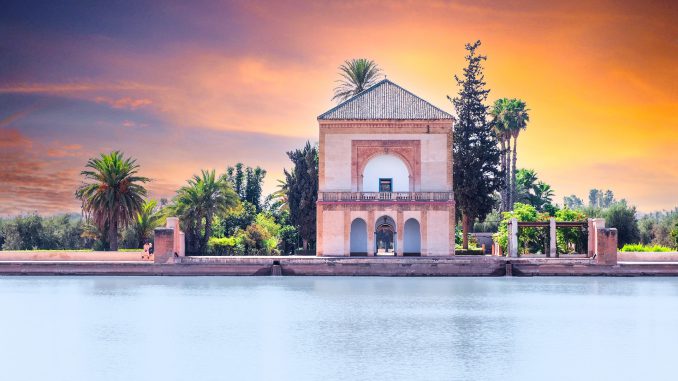
Chaired by the Minister of Tourism, Fatim-Zahra Ammor, this meeting is the first step of a regional tour, an opportunity to meet all stakeholders to discuss and exchange around the general context and the many axes and objectives of this national roadmap of tourism.
In a speech, Ms. Ammor said she was delighted to begin this regional tour by the Marrakech-Safi region, which is by no means a coincidence, given that Marrakech “is a fundamental component of tourism in Morocco,” before giving an overview of the contours of this roadmap in terms of quantified ambitions, tourism offer and cross-cutting levers.
It is a roadmap that should “allow us to transform the tourism sector and achieve a qualitative and quantitative leap,” she said.
For the minister, tourism remains a cross-cutting sector, hence the importance of mobilizing all stakeholders in the creation of an impeccable tourism experience and the achievement of ambitions set for the region.
In this context, the Wilaya and local authorities will play a steering role through the Monitoring Committee of regional plans and support in the implementation of projects and locomotive prerequisites for the development of sectors. They will also participate in the work of the laboratories in charge of developing the tourism sectors as well as the Regional Animation Structures.
Ms. Ammor also recalled the importance of projects for which the role of local authorities is decisive in the tourism experience, namely regulations, simplification of procedures and authorizations, mobilization of land, control, cleanliness …
The regional councils and local authorities, for their part, will be essential partners for the establishment of prerequisites for the development of sectors necessary for the launch of projects identified and locomotive projects, she said.
Is to conclude by highlighting the importance for stakeholders to engage together and work, hand in hand, to accompany this positive dynamic and succeed in this bet, which can help strengthen the weight of tourism in the socio-economic inclusion of the region.
In figures, the ambition is to reach 17.5 million tourists in 2026, which should generate 120 billion DH in foreign exchange earnings and create some 200,000 direct and indirect jobs.
For his part, the wali of the region, Karim Kassi-Lahlou, called this roadmap “qualitative and quantitative leap”, able to reposition tourism as a key sector of the national economy, noting that it plans to transform the sector by focusing on the customer experience, developing new thematic and cross-cutting offers, doubling the air capacity and strengthening the promotion and marketing, especially through digital.
In this sense, he did not fail to recall that the region, rich in its human potential and its cultural and natural heritage, is at the heart of this dynamic and will play a leading role in achieving these objectives. He also expressed his conviction that with the will of all partners, it will be possible to sustainably establish the brand Marrakech even higher in the international ranks as a tourist destination of the first rank.

Be the first to comment